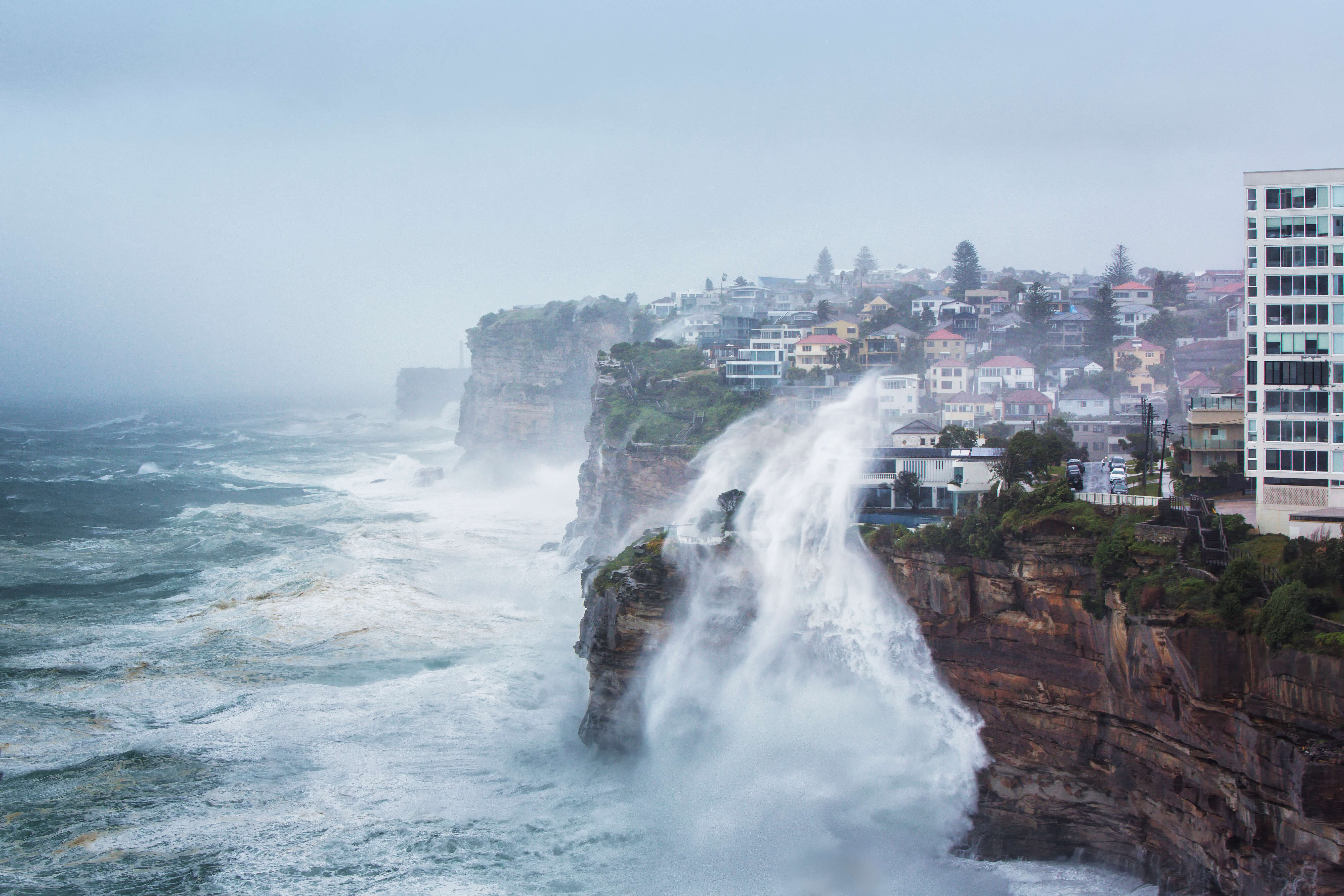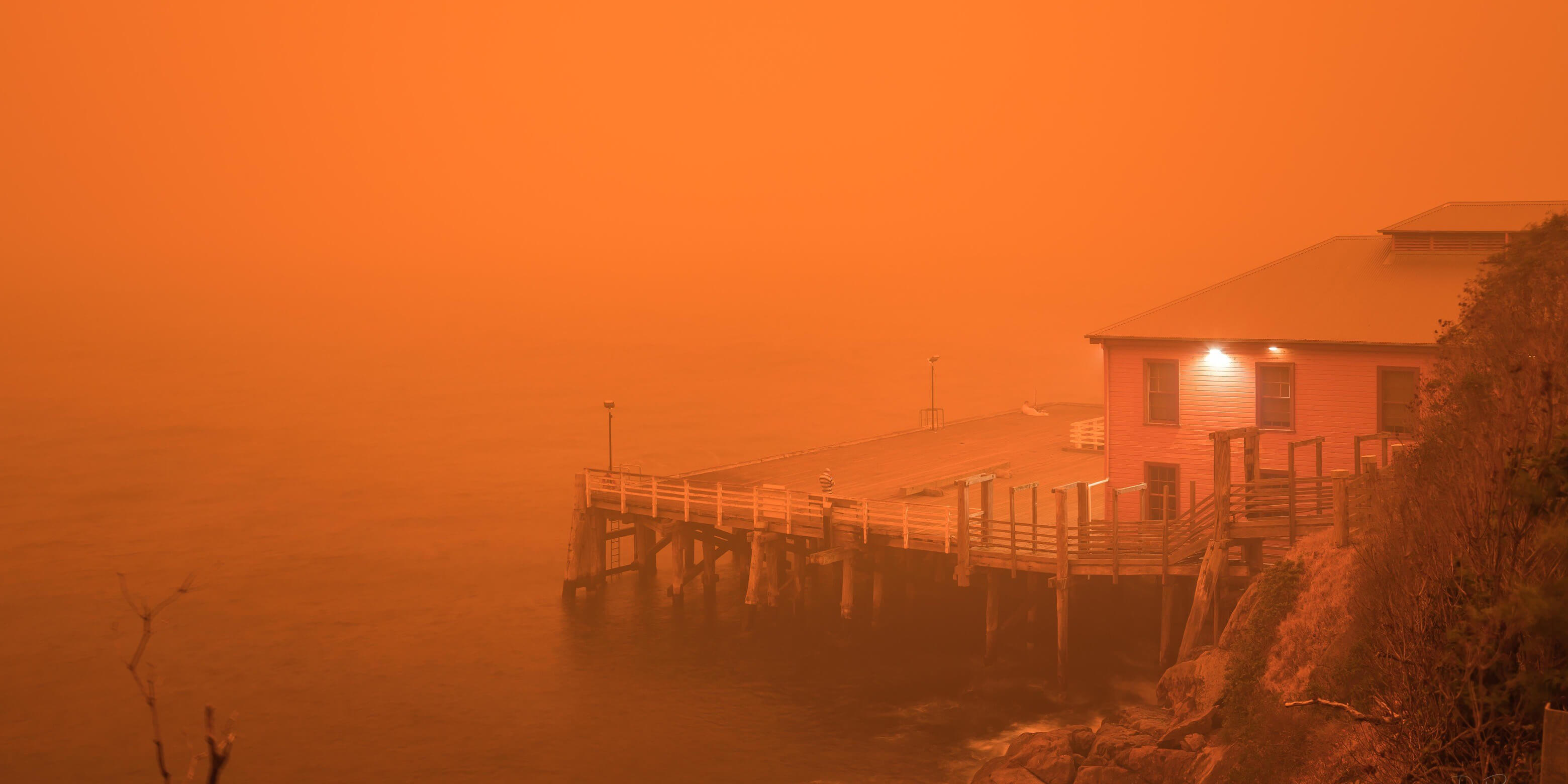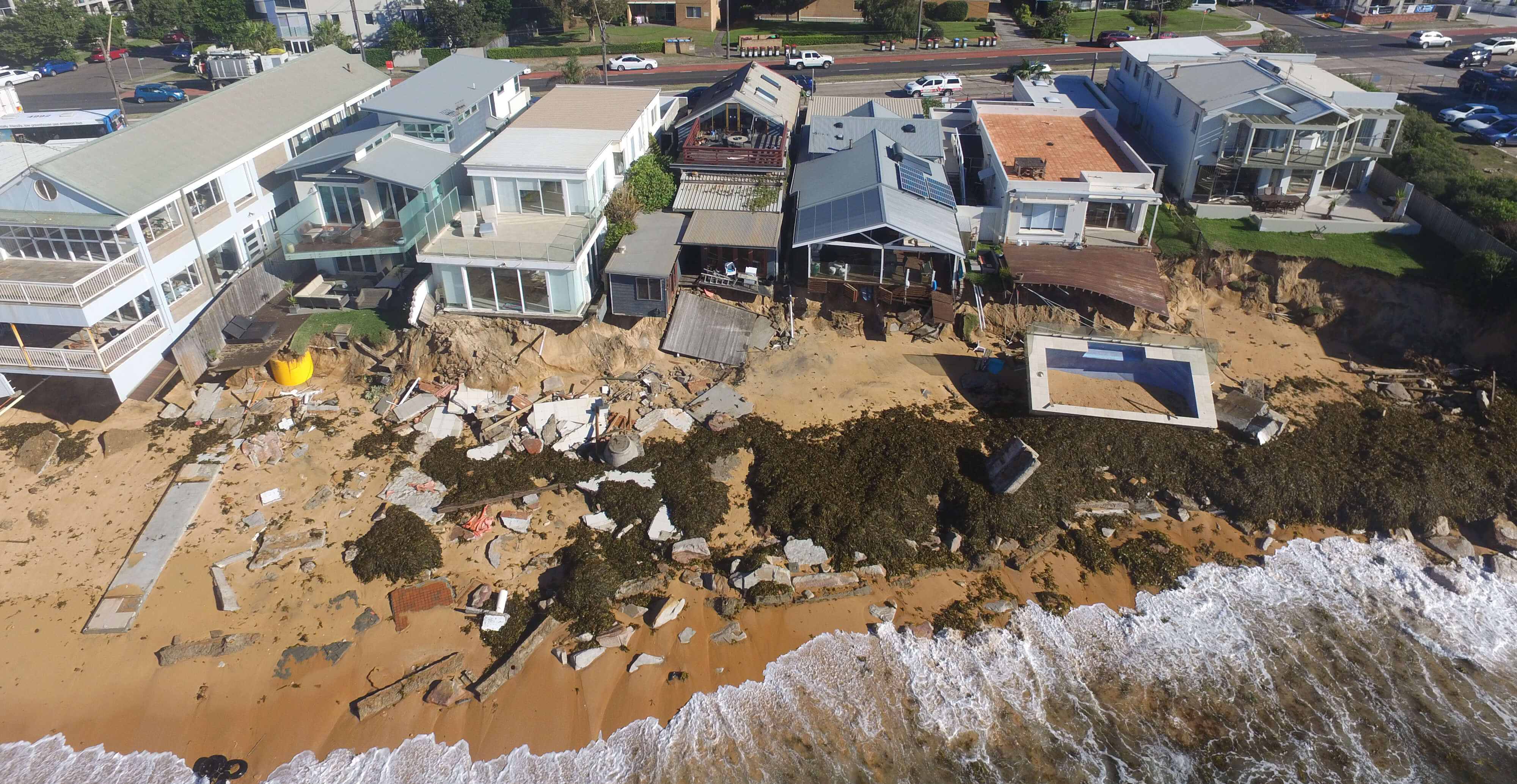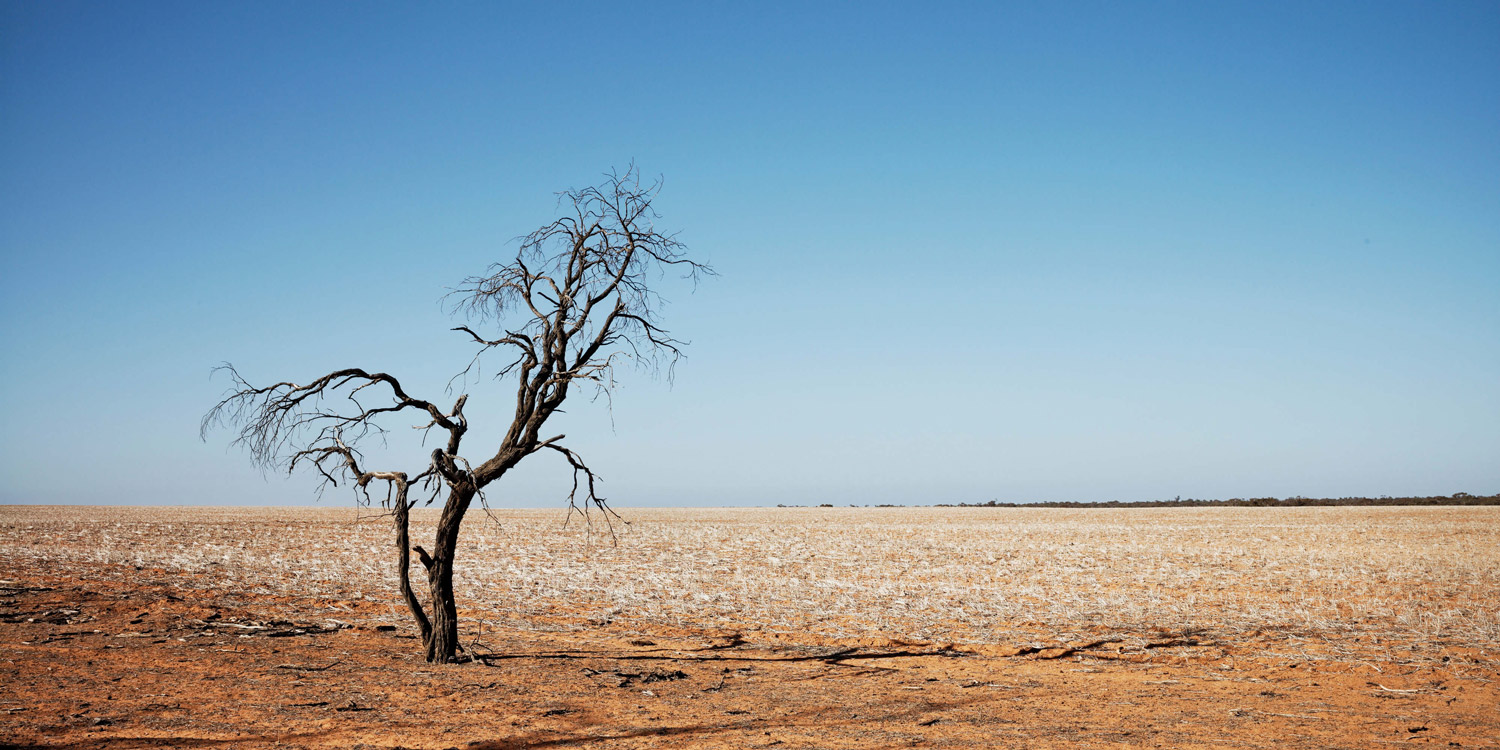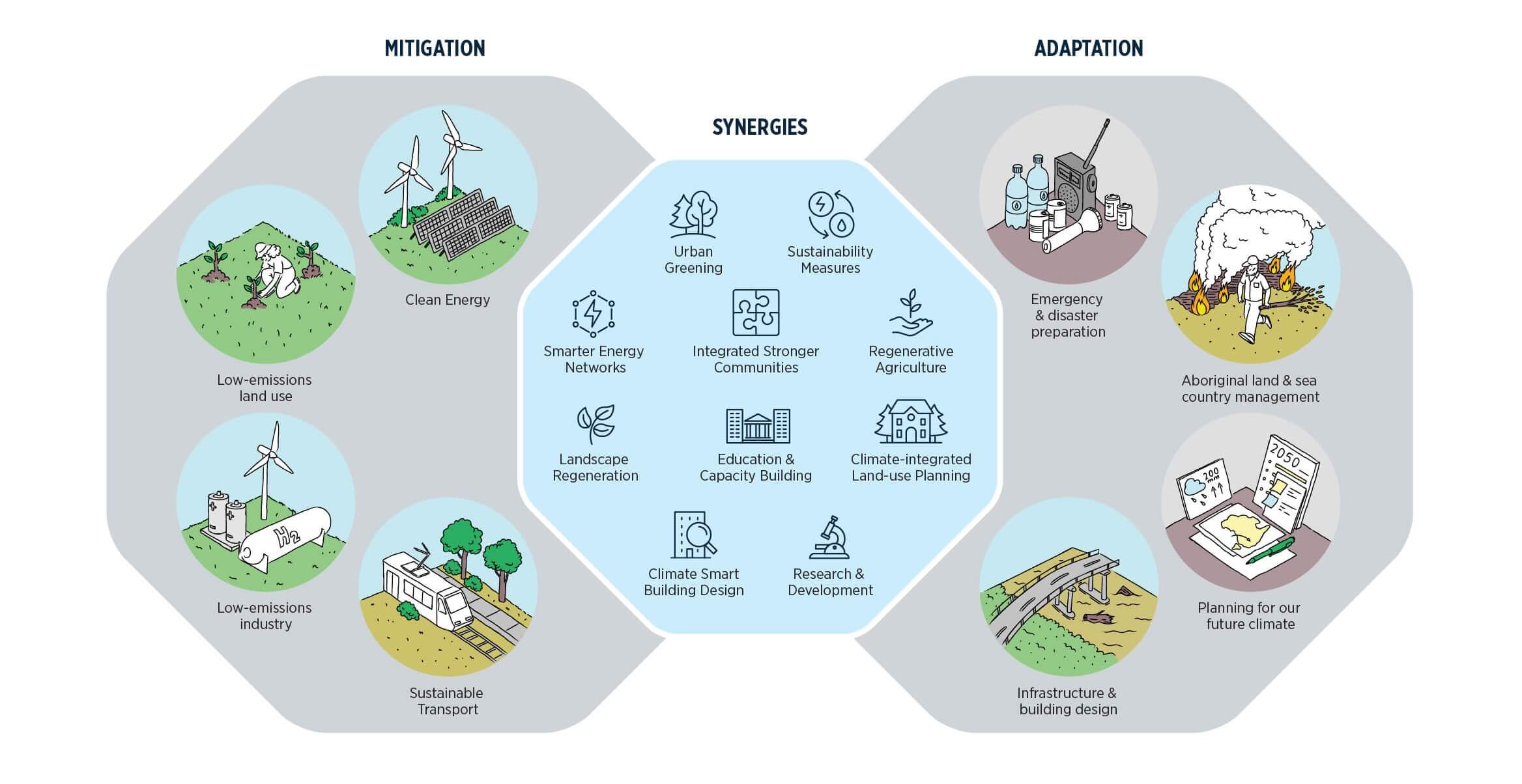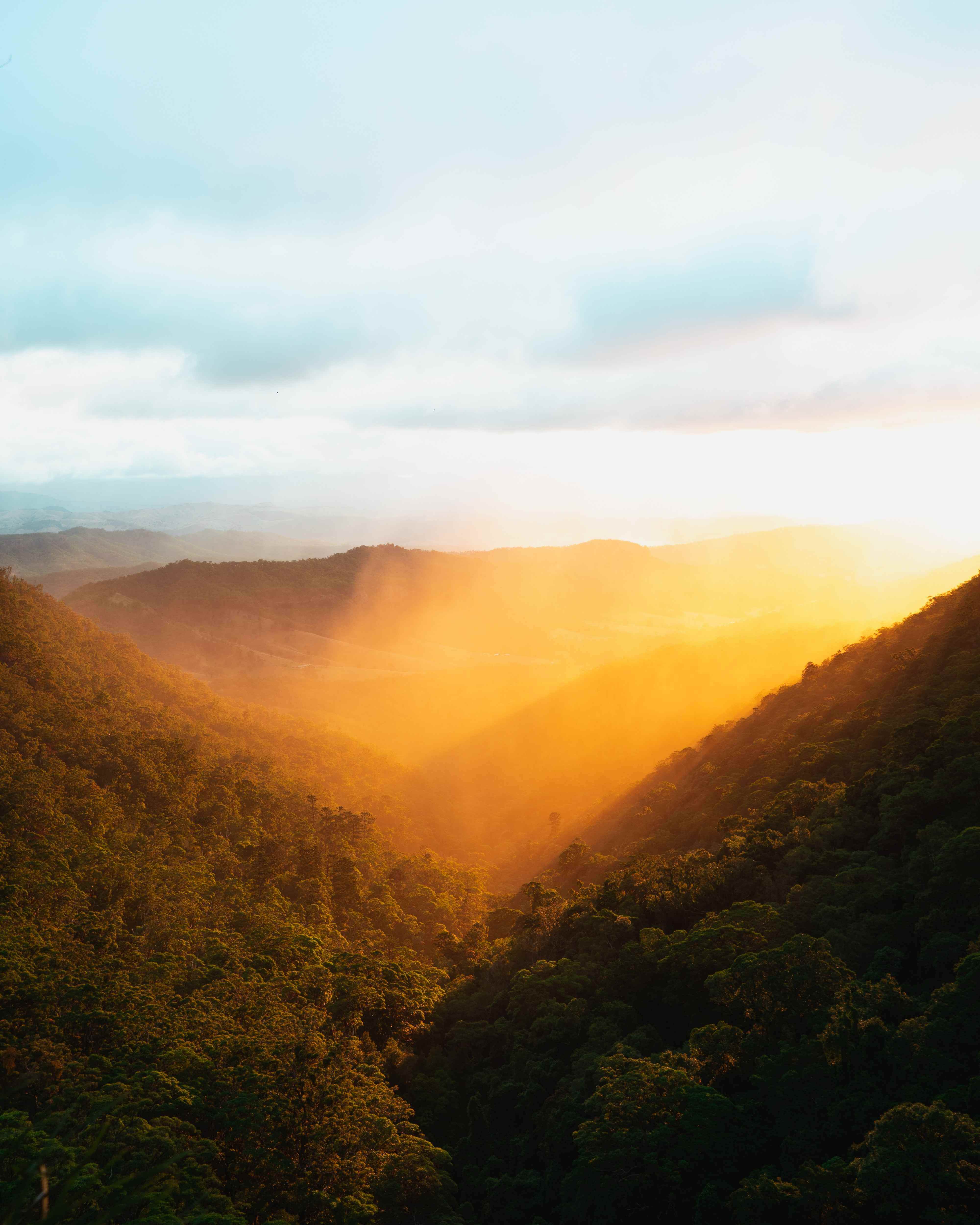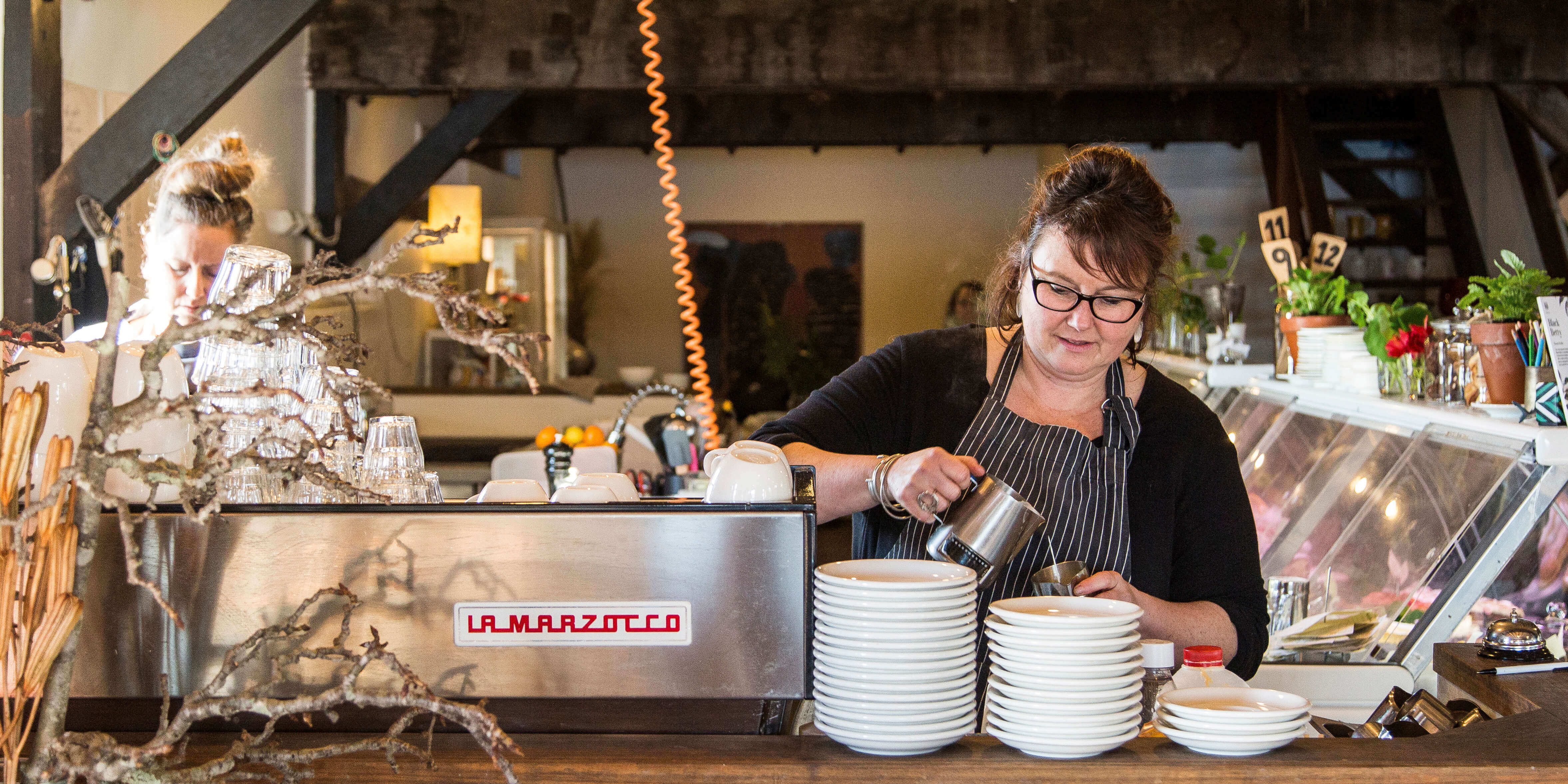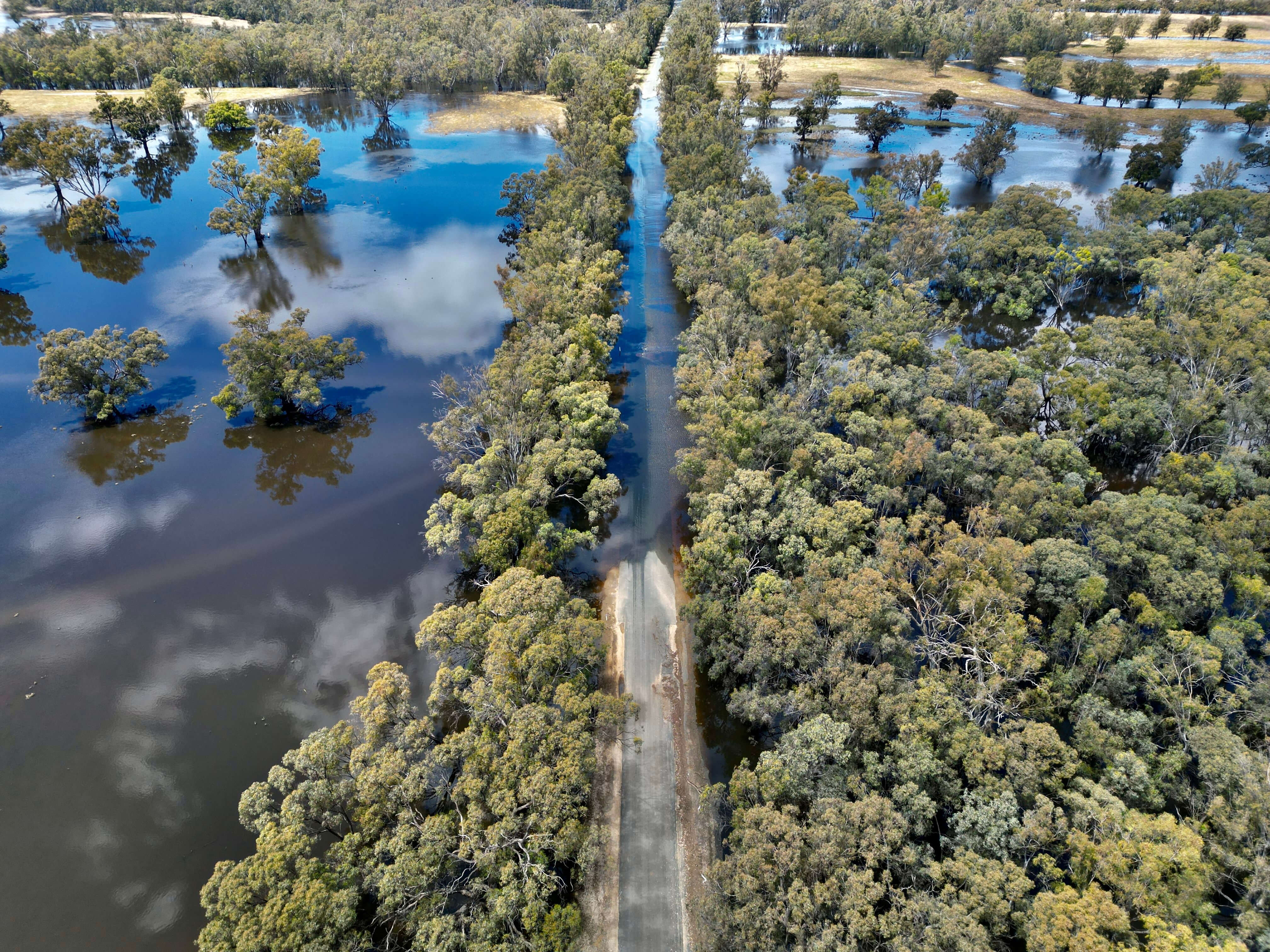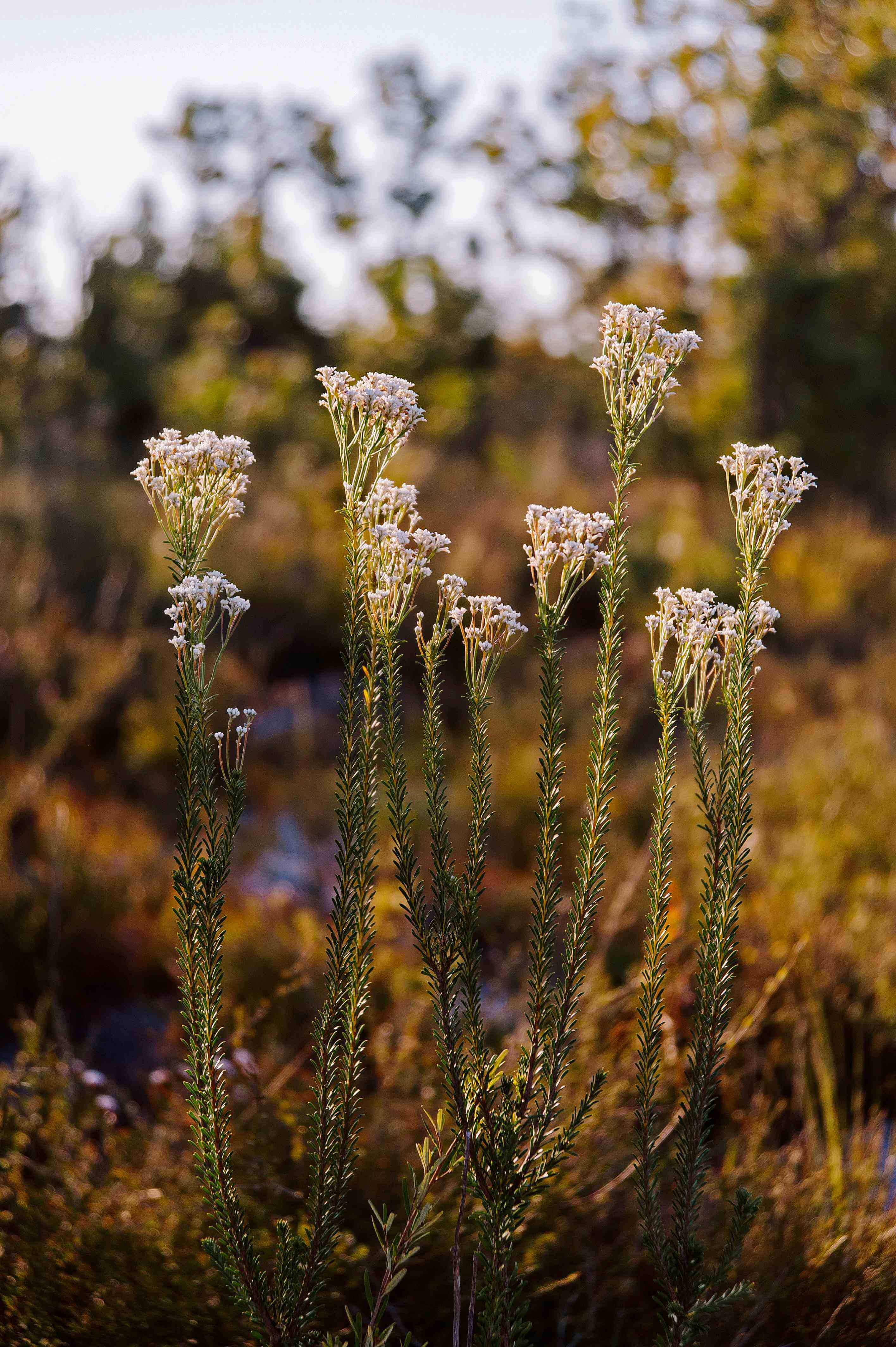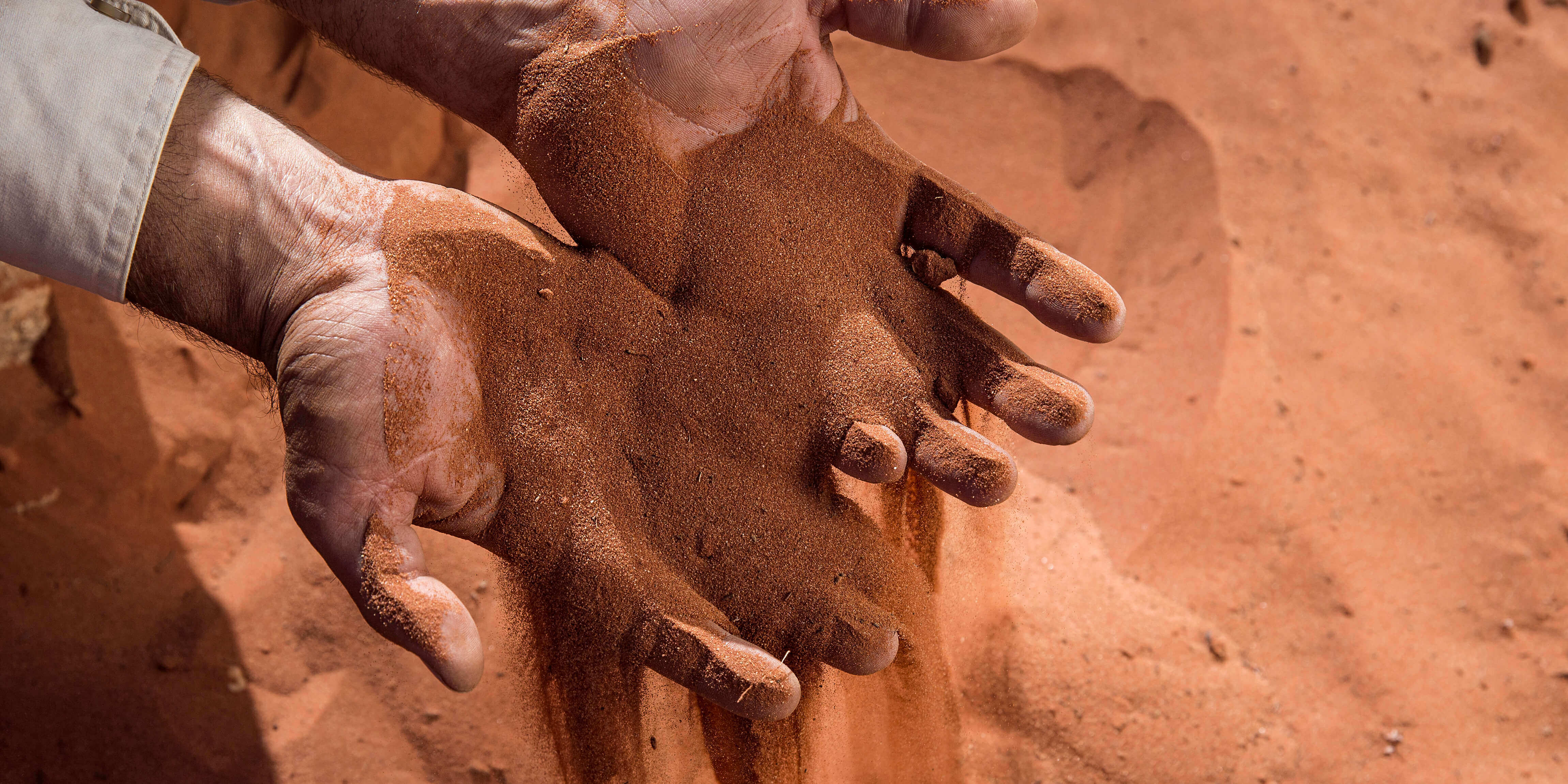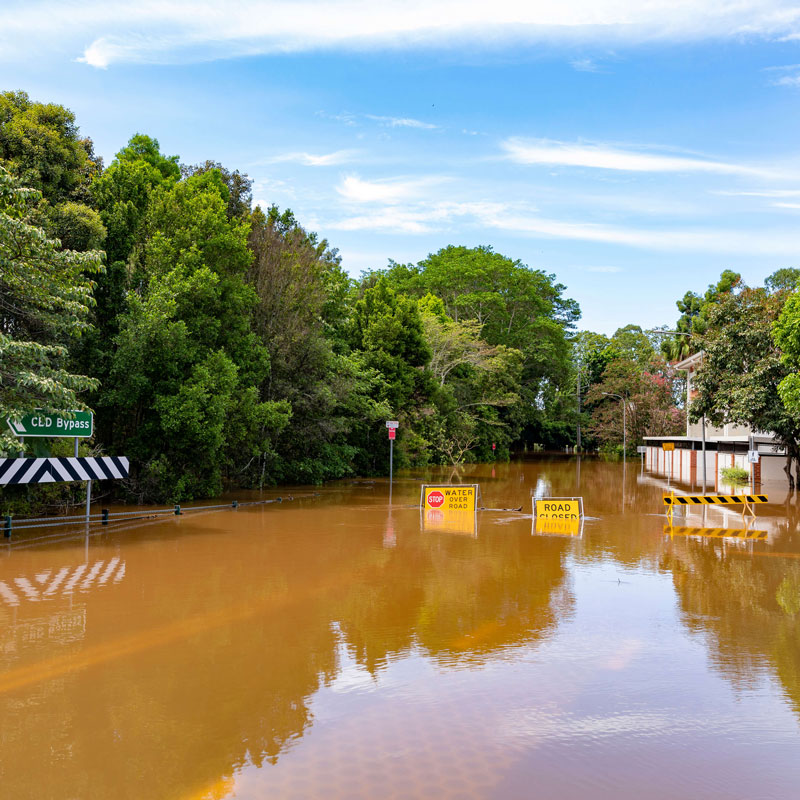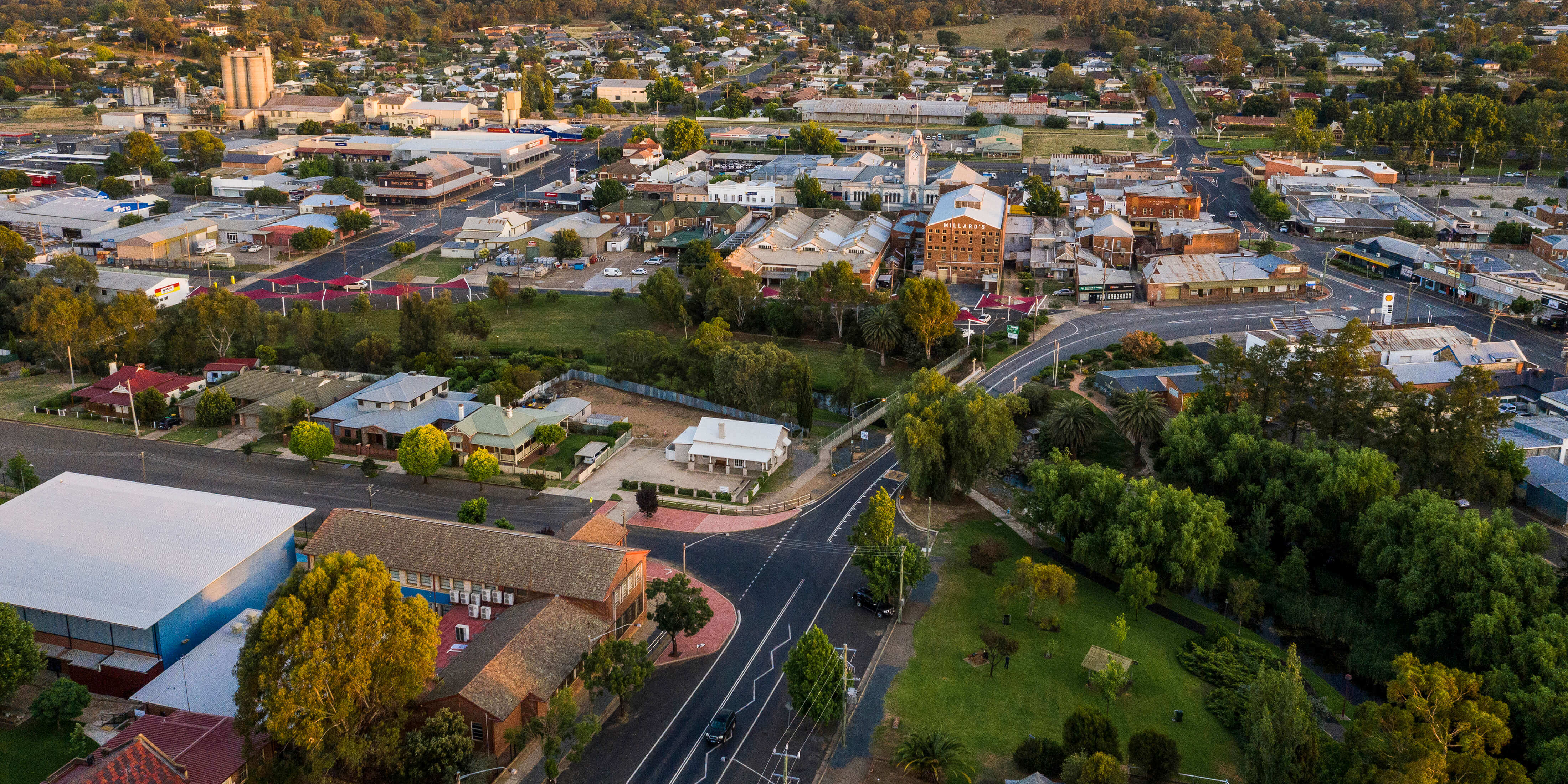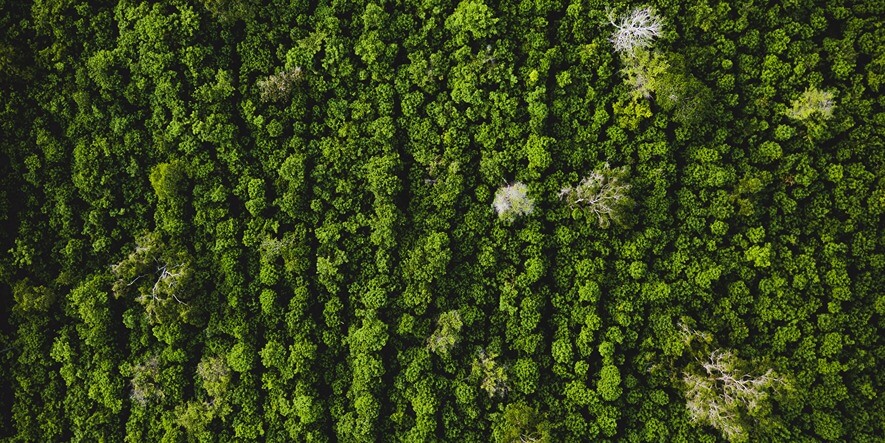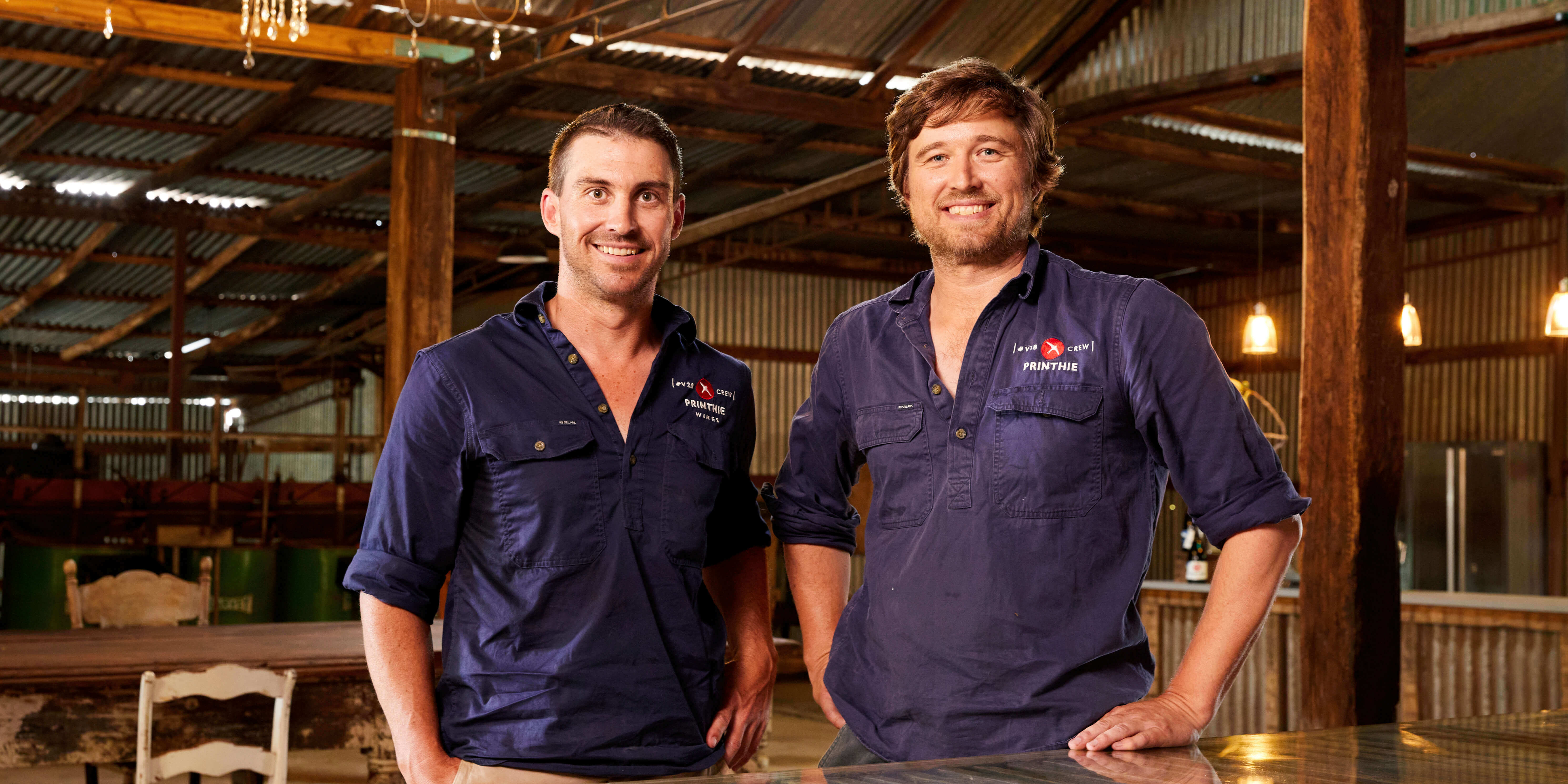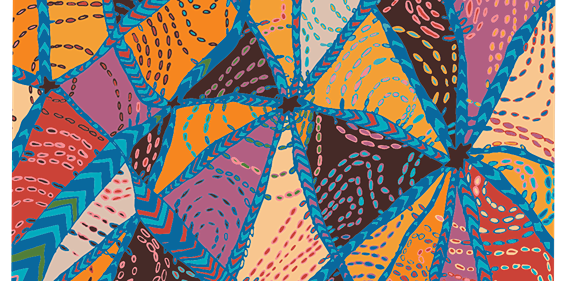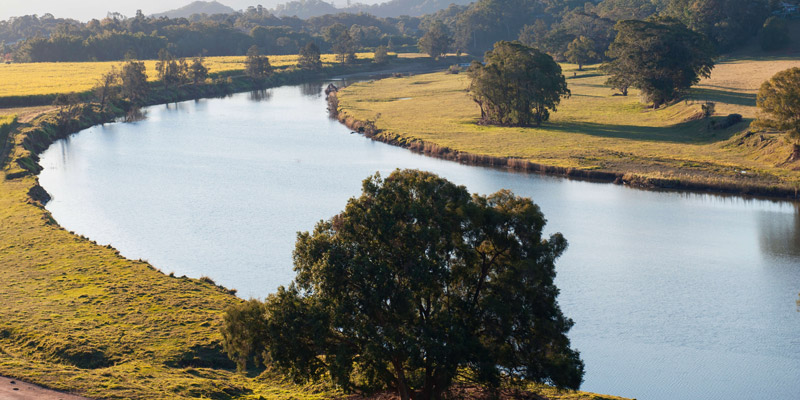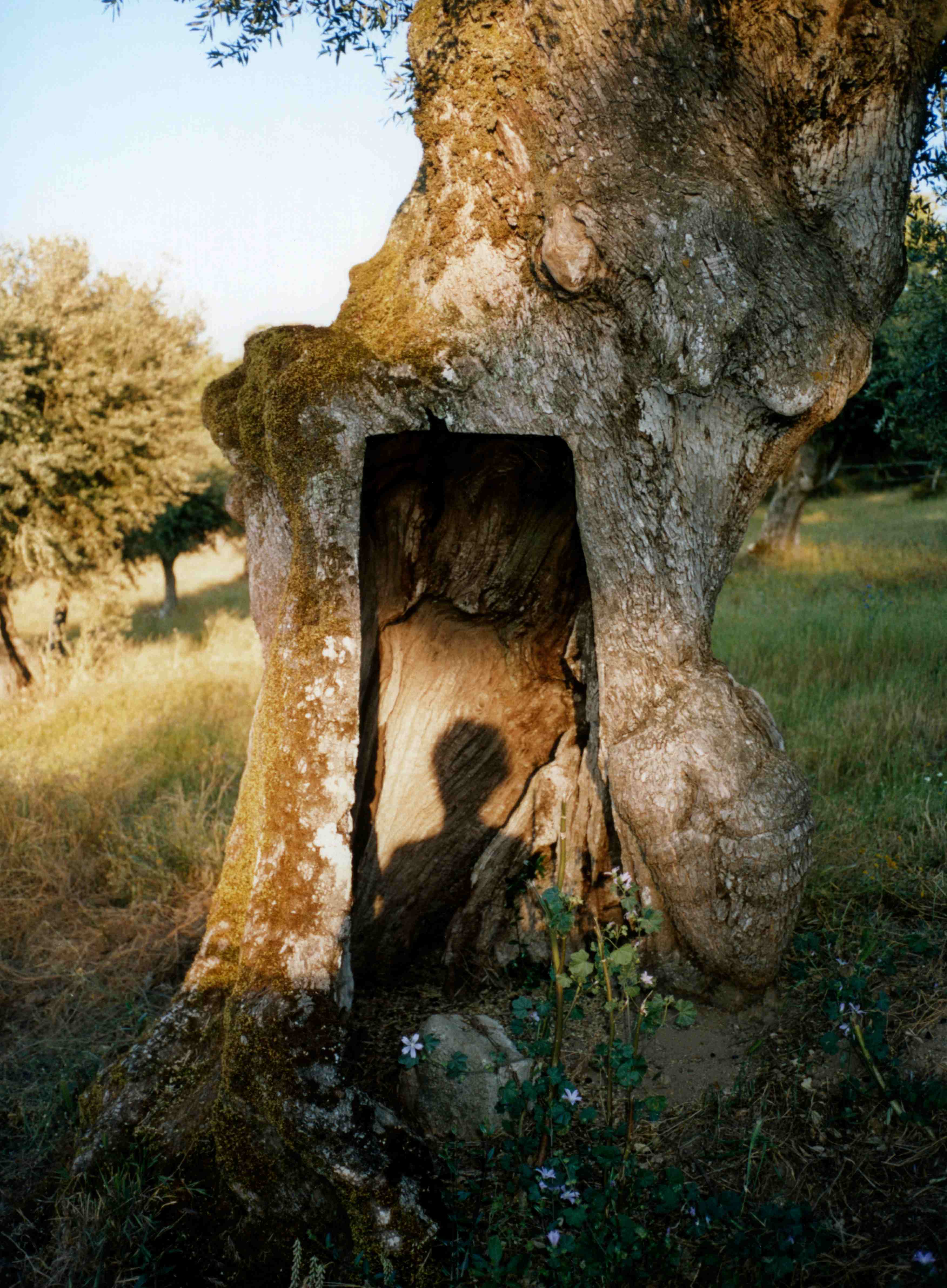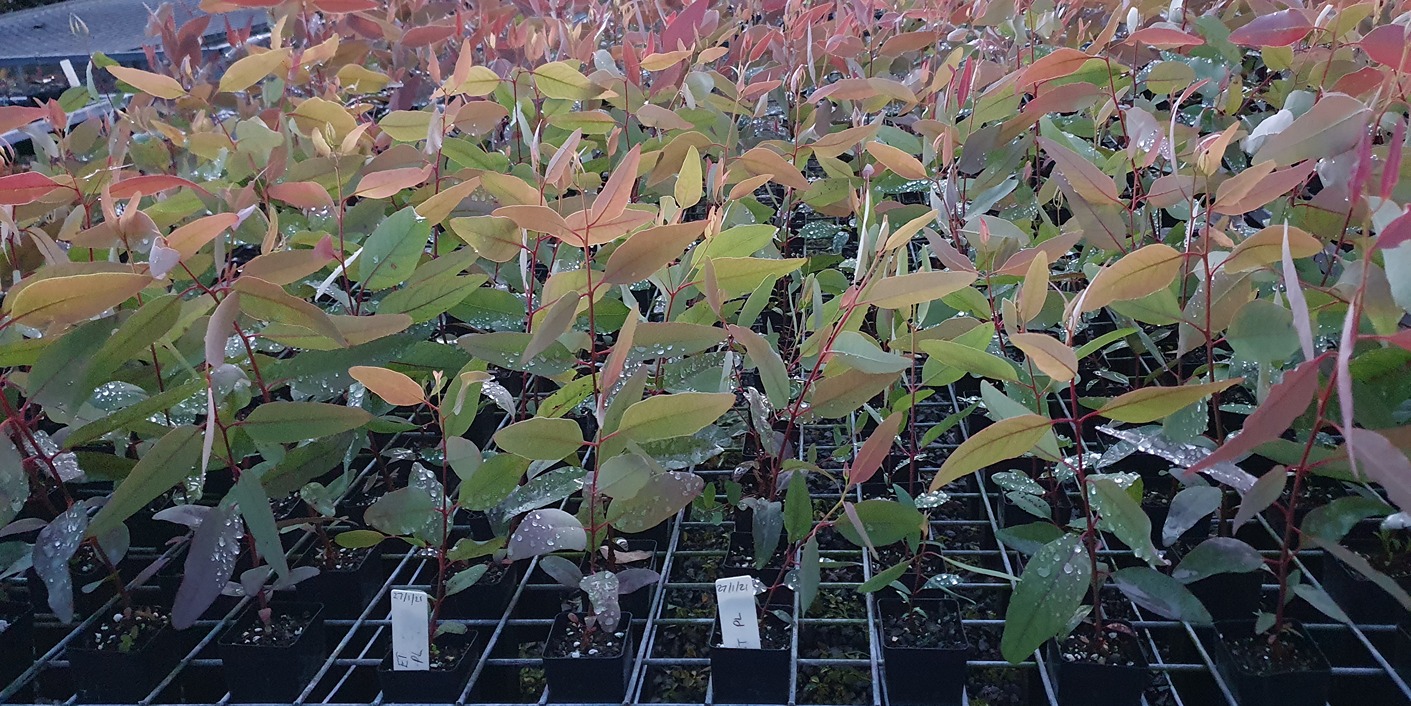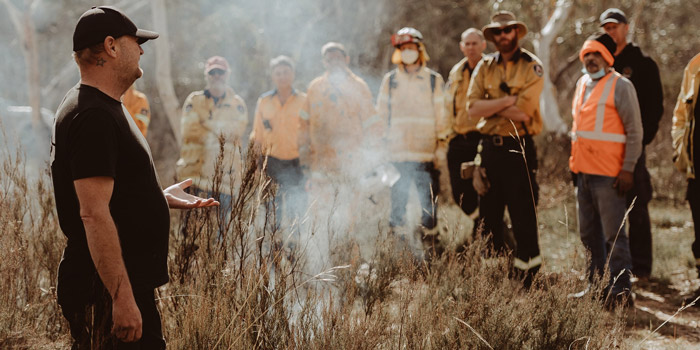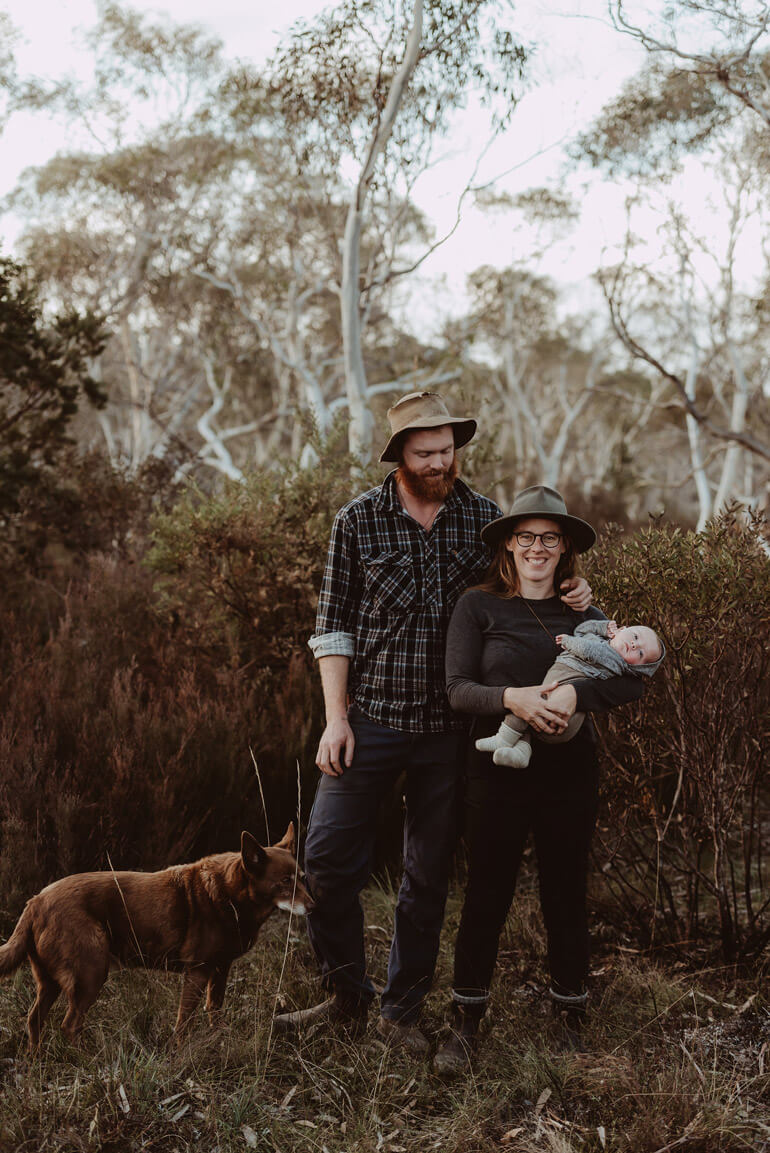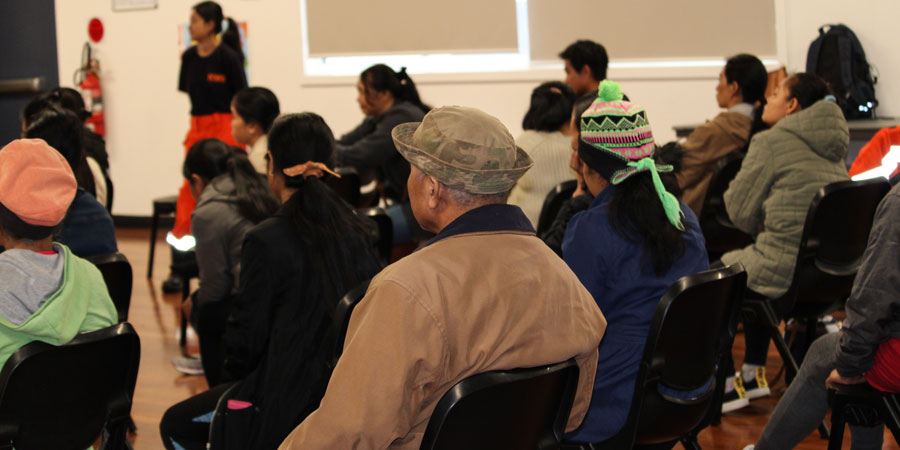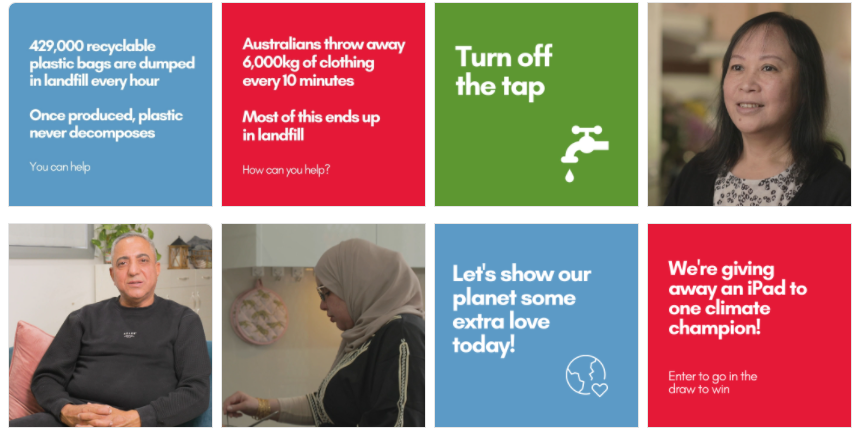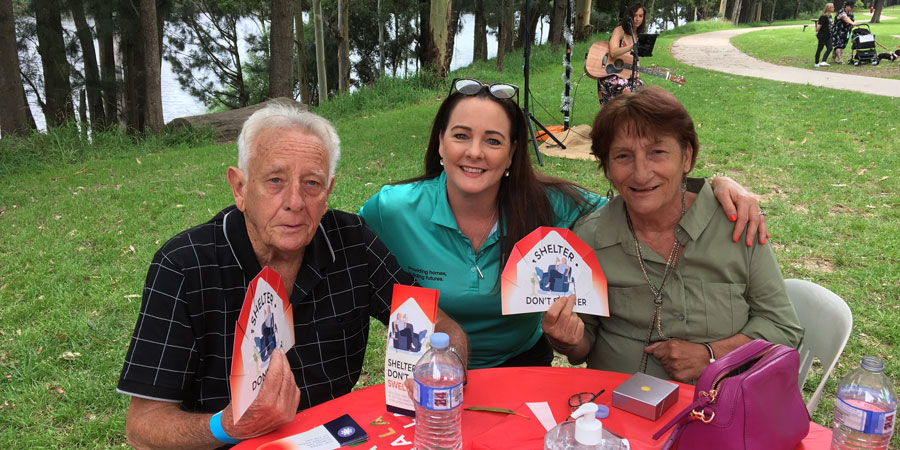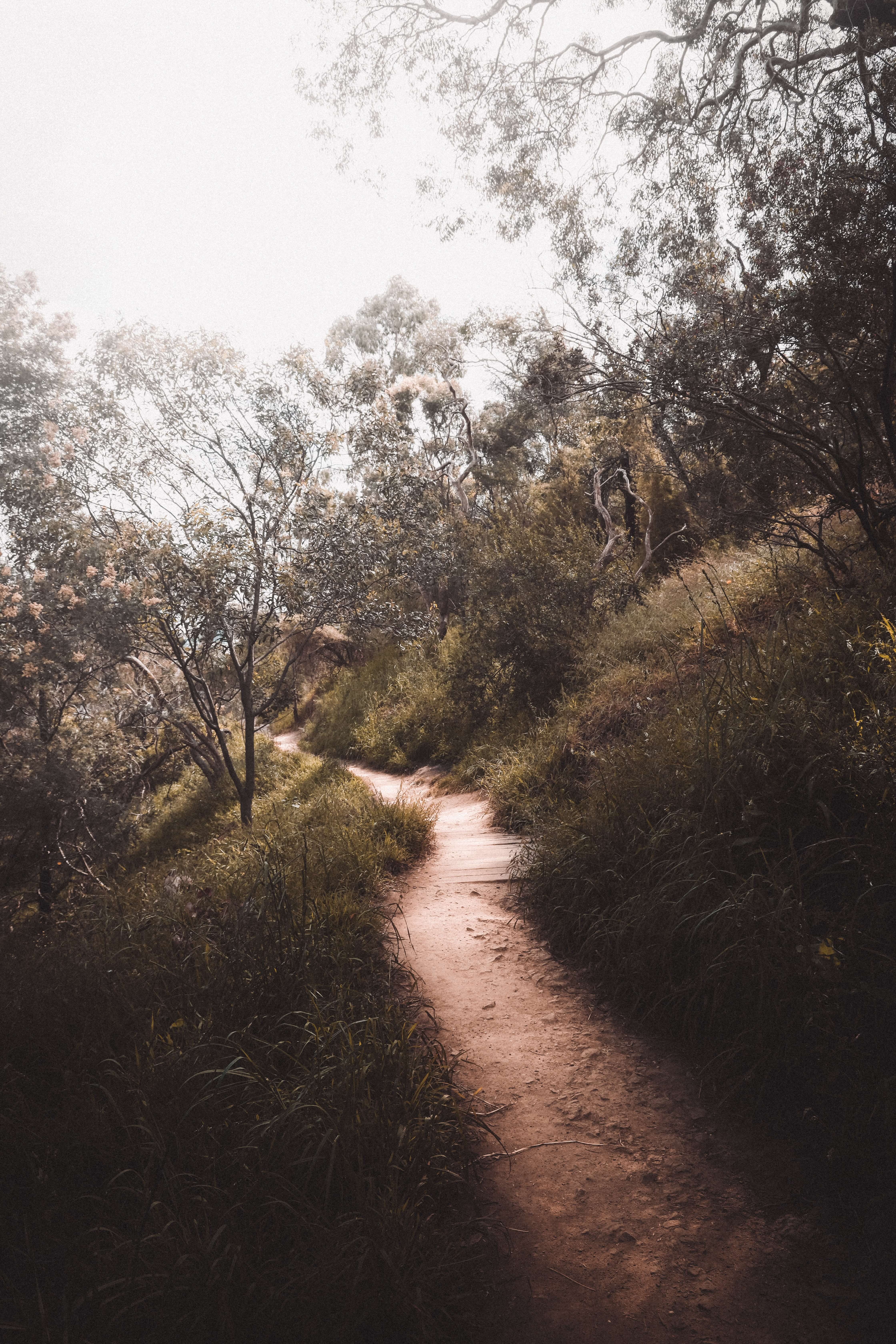Interested in climate adaptation?
Sign up to our newsletter to receive quarterly updates on the latest news, events and research.
Action on climate change can be split into mitigation and adaptation.
Many of these actions have synergies. This means that they overlap and work together in both preventing further climate change and helping us adapt.
Actions that reduce the rate of climate change. This includes actions that limit or prevent greenhouse gas emissions and activities that remove these gases from the atmosphere (IPCC 2022b).
Adjustment to the actual or expected effects of climate change. Adaptation plays a key role in reducing exposure and vulnerability to climate change, and can be proactive, reactive, incremental or transformational (IPCC 2022a).
Adaptation is about managing climate risk, maximising opportunities, and bringing everyone along on the journey.
If we can identify and manage climate risk, then we can minimise the loss and damage, and seize the opportunities.
If you work for or own a business, check out our simple guides on how to adapt for both small and medium and large business. Have you heard of climate reporting? It’s a complicated landscape. Read our climate risk ready guide, and the articles below.
There are both challenges and benefits with being an early adopter, understand what it takes to be a champion for climate resilience in business
How business can understand transition risk and glean the greatest opportunities for directing capital into adaptation
Physical risks from a changing climate are the basis for both transition and liability risks.
There is so much to discover
Join us at AdaptNSW Forum at UTS Aerial in Sydney, delivered over two days in December
The opportunities are out there. Climate change is forcing us to re-think and change the systems that make up our society.
We have this huge opportunity, to decarbonise and adapt to climate change - by working together and creating new ways of being in our world. To do this, we need scientific and cultural knowledge, innovative ways of designing our desirable future, and new narratives.
Life-centred design tools can be used by business to help mitigate climate impact related risk and create opportunities for growth and innovation.
Climate change is a Dreaming story that we have co-created, Gamilaroi woman Paris Norton told the AdaptNSW 2022 Forum.
One of Australia’s first experiences of a compound climate event was in 2009, when an unprecedented heatwave culminated in the Black Saturday bushfires.
One million Australian households – or 10% of the population – already spend more than four weeks’ yearly income on home insurance premiums.
How to overcome our sense of eco-anxiety and reframe our relationship with the environment
When just one fibre access node on the Richmond River failed during the 2022 floods, 80,000 people in Northern New South Wales had no way to communicate.
Aboriginal people have been using generational knowledge of land and sea management in response to changing climates over thousands of years.
It may look like a regular shop front, but the Living Lab Northern Rivers is serving its community in a very different way.
Adapting to climate change in place
Climate change impacts different regions in different ways. This is because each region has unique climate hazards, as well as vulnerabilities. Local government and community groups are adapting to climate change in their specific region. Here are their stories:
The logic of traditional revegetation programs – that locally sourced seed has the best chance of survival – no longer holds true in a changing climate.
Many people across New South Wales will forever compare future bushfire events with the devastation of 2019 and 2020.
Discover more about climate adaptation?
Sign up to our newsletter to receive quarterly updates on the latest news, events and research.
Bringing everyone on the journey
We know that climate change impacts the most vulnerable. It’s a social justice issue. Local government and community groups are adapting to climate change in an inclusive way where no one gets left behind.
Weather emergencies are hitting the Australian east coast like never before. How to keep safe during an extreme weather event was the key message for SCARF Refugee Support.
Adapting to climate challenges can be daunting for newly arrived migrants and refugees. Removing the language barrier helps communities better prepare for climate impacts.
How do you cool down when your home is as hot as an oven? Link Wentworth asked its resident community this question.
